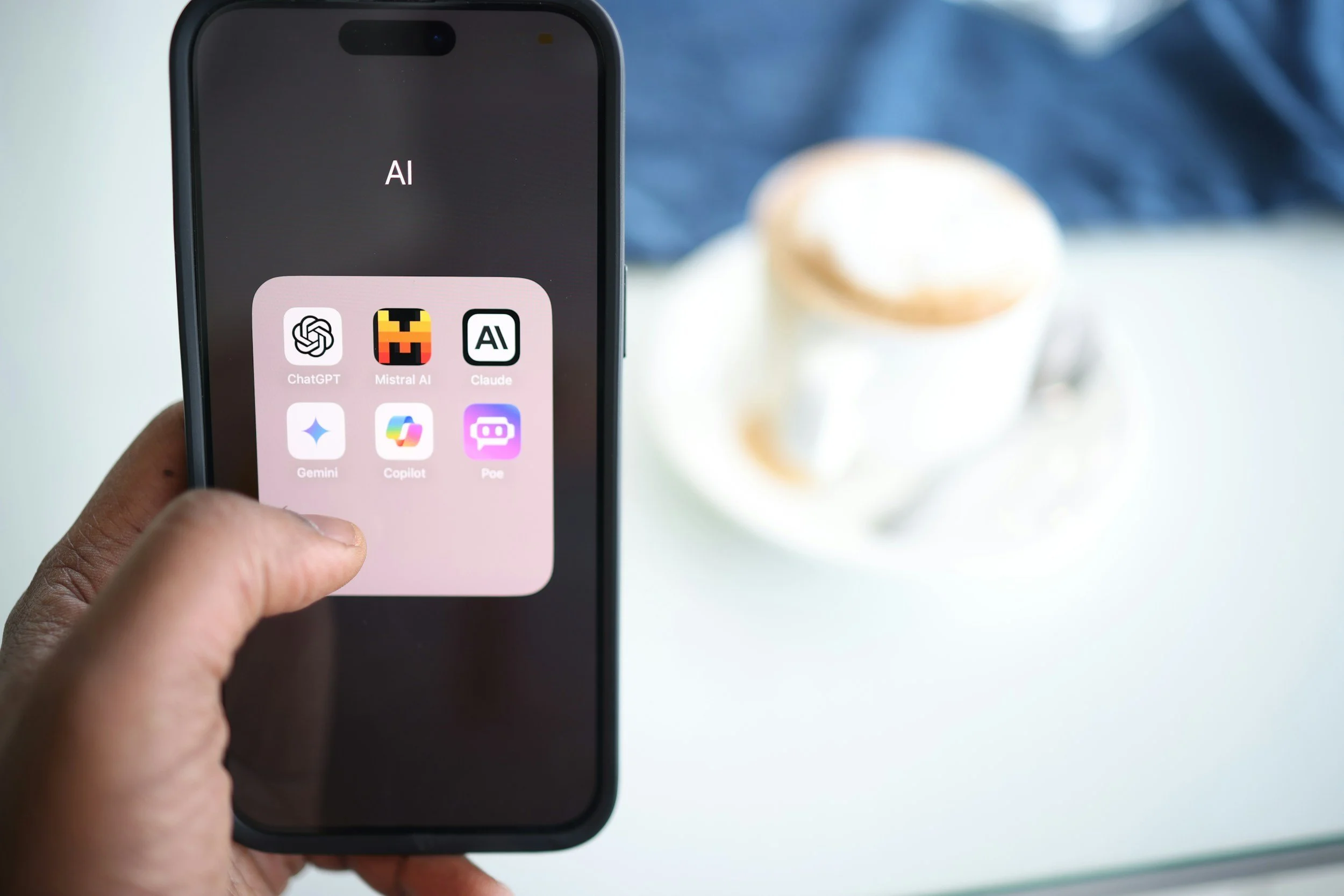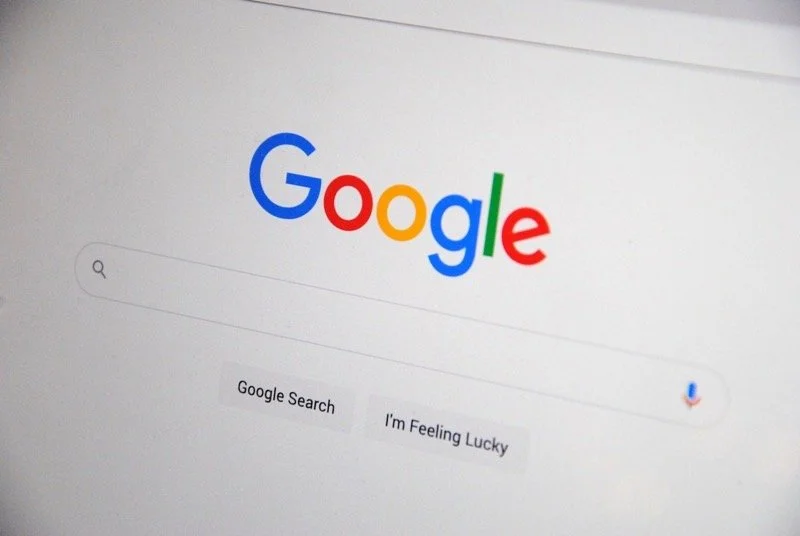Google Just Dropped a New Toolkit for Nonprofits: AI, Maps, and Global Updates You Need to Know
We're always excited when major players like Google introduce new tools for the nonprofit sector. This June, Google rolled out a series of significant updates to its Google for Nonprofits program that are more than just shiny new features or incremental changes. These updates are a boon for busy development and communications professionals, from grant writing to local event promotion.
So, let's get to the good stuff. Here are three highlights and what they could mean for your daily work.
A Bigger Tent: Global Expansion Opens Doors Worldwide
First, the Google for Nonprofits program is expanding its reach to over 100 new countries and territories in its largest-ever rollout.
This move signals Google's deep commitment to democratizing access to essential technology for the entire global social sector (coming on the heels of Microsoft revoking its free Office 365 software licenses for nonprofits). This is a clear win for large international organizations as well as small regional ones. It enables the same access to powerful AI tools and extends benefits like Ad Grants and Workspace to smaller, previously ineligible organizations or regional offices.
Your New AI Assistant: Over 10 New AI Tools Land in Workspace
The Big News: Google is integrating more than 10 new, powerful AI features directly into the free Google Workspace for Nonprofits suite, including NotebookLM and Gemini's Deep Research. Both are designed to be your co-pilot for content creation, research, and data analysis.
Why It Matters for Fundraisers and Communicators:
Consider the hours spent distilling a 50-page impact report into a compelling one-pager or the mental energy it takes to brainstorm a fresh angle for your year-end appeal. This is where AI can step in, not to replace your strategic thinking but to supercharge it. These tools are designed to save you time and energy, allowing you to focus on the most important aspects of your work.
The two standouts:
Gemini's Deep Research: Imagine you're applying for a grant. Instead of spending a whole day sifting through a foundation's website, past grantee lists, and press releases, you can ask Gemini to do the heavy lifting. You can prompt it to analyze sources and deliver a comprehensive report on the funder's priorities, recurring themes in their giving, and the types of projects they favor. This allows you to move from tedious research to strategic proposal writing in a fraction of the time. You can use it to help draft initial appeal letters, personalize donor thank-you notes, create annual report outlines, and more.
NotebookLM & Audio Overviews: This is a fantastic tool for communicators. NotebookLM allows you to upload all your source materials—think interview transcripts, program reports, and community surveys—and have it prepare briefing materials or answer your specific questions about the data. It can even literally create a mini-podcast of your data. For a communications director, this means you can absorb the key takeaways from a new program evaluation while on your commute, making you better prepared for a last-minute press inquiry or a content planning meeting. It's an incredible tool for turning dense information into digestible, story-ready insights.
These AI tools are all about efficiency and practicality, designed to eliminate the 'blank page' problem. They help you overcome the most time-consuming aspects of your work, allowing you and your team to concentrate on the most impactful tasks—those that AI cannot replace.
Putting Your Mission on the Map: Ad Grants Get Hyper-Local
The Big News: For the first time, your $10,000/month Google Ad Grant can be used for eligible ad placements directly on Google Maps.
Why It Matters for Fundraisers and Communicators:
The Google Ad Grant has always been a powerful tool for driving website traffic. However, its connection to physical location has been less direct. This update changes everything for organizations with a brick-and-mortar presence or a focus on community-based services, opening up new possibilities for reaching and engaging with their local communities.
Consider the possibilities:
For a Food Pantry: Someone searching "food bank near me" on Google Maps could see a prominent ad for your organization, complete with your address, hours, and a direct link to volunteer or donate.
For an Animal Shelter: Someone looking up local pet stores might see your ad for an adoption event that weekend. This ad could capture their attention when they're thinking about adopting a new member of the family or donating some gently used pet care items.
For a Museum or Community Theater: You can target tourists and locals searching for "things to do this weekend" in your area, promoting a new exhibit or an upcoming performance to a highly relevant audience.
This integration, which works through Performance Max campaigns, allows you to connect with people based on their physical location and immediate intent. It's a great way to drive foot traffic, recruit local volunteers, and raise awareness among the very community you serve without spending any additional dollars from your budget.
Wrap Up
So, what's the big takeaway? Google is offering a new set of tools to help you work smarter, reach your community more directly, and amplify your story. But technology alone isn't a magic wand. The real magic happens when a smart strategy meets powerful tools. If you're feeling inspired but need a guide to help you fetch every last drop of potential from this new landscape, let's talk.






